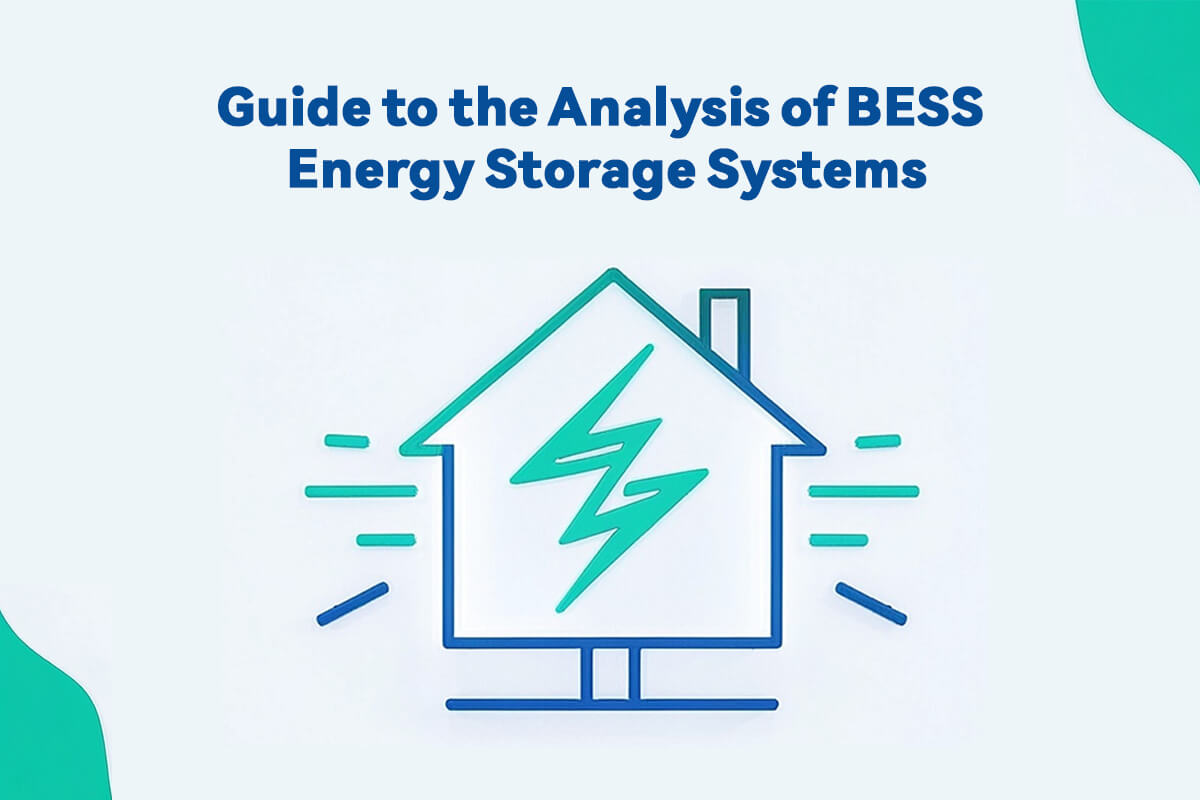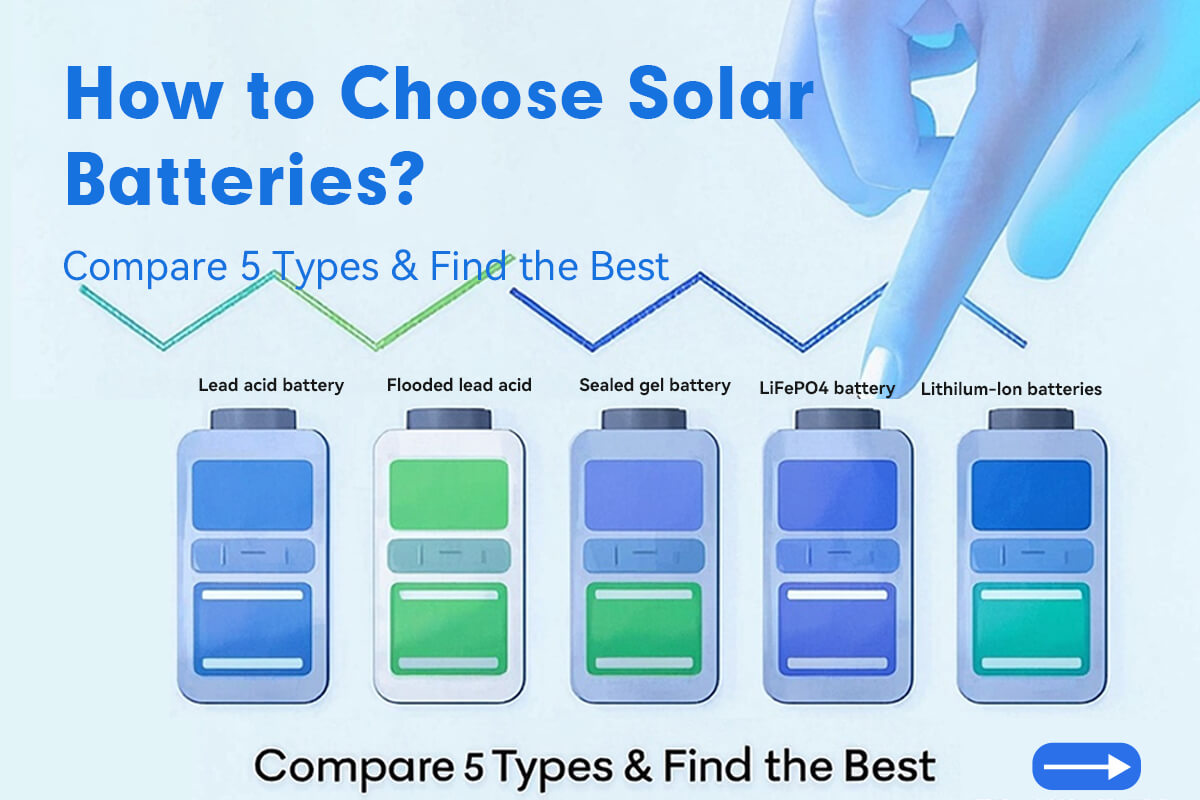Grid-Scale Storage: Revolutionizing Renewable Energy in 2026
Grid-Scale Storage: Revolutionizing Renewable Energy in 2026
Welcome to the exciting world of grid-scale storage! As energy storage experts, we’re thrilled to share how these massive energy storage assets are transforming our power systems and accelerating the transition to clean energy. Let’s dive in! 🌍
What is Grid-Scale Storage? 🔋
Grid-scale storage refers to massive energy storage systems that connect directly to the power grid, typically ranging from megawatts to gigawatts in capacity. Think of them as giant “energy banks” that can:
- Store excess electricity when production exceeds demand
- Release power back to the grid during peak usage
- Provide crucial stability services
- Enable higher renewable energy storage integration
These electrical storage units are fundamentally changing how we manage our energy storage capacity and ensuring reliable power for millions of customers.
The Role of Energy Storage in Clean Energy Transitions 🌱
Enabling Renewable Integration
Grid-scale energy storage companies are solving one of renewable energy’s biggest challenges: intermittency. By storing excess solar and wind battery storage, these systems ensure clean power is available 24/7.
Enhancing Grid Reliability
The advantages of grid level energy storage systems include unprecedented grid stability through:
- Frequency regulation: Instant response to grid fluctuations
- Voltage support: Maintaining power quality
- Black start capability: Restoring power after outages
Supporting Decarbonization Goals
Sustainable energy storage solutions are essential for achieving net-zero targets by:
- Reducing reliance on fossil fuel peaker plants
- Maximizing renewable energy utilization
- Providing alternative energy storage for various applications
Current Challenges in Grid-Scale Storage 🚧
Technical Limitations
Despite advances in large scale lithium ion battery storage, challenges remain:
Duration Limitations: Most current systems provide 4-8 hours of storage
Resource Constraints: Limited availability of key materials like lithium and cobalt
Efficiency Losses: Energy lost during storage and retrieval processes
Economic Barriers
The cost of different storage systems for smart grids varies significantly:
| Storage Type | Cost Range ($/kWh) | Duration | Best Application |
|---|---|---|---|
| Lithium-ion | $150-300 | 2-8 hours | Short term energy storage |
| Flow Batteries | $300-600 | 4-12 hours | Long term battery storage |
| Pumped Hydro | $100-200 | 8-24 hours | Large scale battery storage |
| Compressed Air | $150-250 | 8-24 hours | Industrial energy storage solutions |
Infrastructure and Regulatory Hurdles
- Grid capacity limitations for new connections
- Complex permitting processes for battery storage facilities
- Evolving market structures for energy storage applications
Tracking Grid-Scale Storage: Current Status 📊
Impressive Growth Trajectory
The us utility-scale energy storage growth has been remarkable:
- 2022: 4.6 GW added
- 2023: 8.5 GW added (projected)
- 2024: 12+ GW expected
Global Capacity Expansion
Energy storage trends show rapid worldwide adoption:
- China leads with massive stationary energy storage systems
- Europe focuses on renewable energy storage integration
- US emphasizes grid scale energy storage companies development
Country and Regional Highlights 🌍
United States Leadership
American grid scale energy storage companies are driving innovation with:
- Massive large battery storage projects in California and Texas
- Innovative battery energy systems for grid services
- Strong focus on solar and wind battery storage integration
European Advancements
Europe excels in sustainable energy storage with:
- Integrated storage grid systems across borders
- Advanced industrial energy storage solutions
- Strong support for energy storage projects
Asian Innovation
China dominates lithium ion battery storage systems manufacturing while developing:
- Massive stationary battery storage facilities
- Innovative industrial power storage solutions
- Advanced batteries storage technologies
Technology Deployment Trends 🛠️
Dominant Technologies
Lithium-ion battery storage systems lead current deployments due to:
- Rapid cost declines (85% since 2010)
- High efficiency (90-95%)
- Proven performance in large scale battery storage
Emerging Solutions
New energy storage devices are entering the market:
- Flow batteries for long term energy storage
- Compressed air for large scale applications
- Thermal storage for industrial applications
Hybrid Systems
The integrated energy storage system approach combines multiple technologies to optimize:
- Cost efficiency
- Performance characteristics
- Application suitability
Innovation Frontiers 🎯
Battery Technology Advances
State-of-the-art battery and energy storage company innovations include:
- Solid-state batteries for enhanced safety
- Sodium-ion batteries as lithium alternatives
- Advanced batteries energy storage management systems
System Integration
Smart technology grid integration features:
- AI-powered optimization
- Advanced forecasting
- Automated grid services
New Applications
Expanding energy storage applications now include:
- Stand alone battery storage for microgrids
- Industrial energy storage for manufacturing
- Grid capacity enhancement solutions
Investment Landscape 💰
Massive Capital Flows
Investment in energy storage assets is surging:
- 2022: $15 billion in US alone
- Projected 25% annual growth through 2030
- Strong interest in battery storage projects
Cost Trends
The cost of different storage systems for smart grids continues to decline:
- Lithium-ion costs falling 15% annually
- Balance of system costs decreasing
- Installation efficiency improving
Market Opportunities
Grid scale energy storage companies are attracting investment for:
- Utility-scale energy storage development
- Industrial energy storage solutions
- Renewable energy storage integration
Recommendations for the Future 📝
For Policymakers
- Streamline permitting for battery storage facilities
- Update market rules to recognize benefits of battery energy storage systems
- Support research into what provides long term energy storage solutions
For Utilities
- Integrate storage into grid capacity planning
- Develop expertise in energy storage systems can include various applications
- Partner with experienced grid scale energy storage companies
For Developers
- Focus on safety in battery storage projects
- Optimize designs for specific energy storage applications
- Monitor emerging energy storage trends and technologies
For Investors
- Understand the benefits of battery storage economics
- Diversify across different types of battery energy storage systems
- Track innovation in what type of energy is stored in batteries alternatives
The Road Ahead 🛣️
The future of grid-scale storage is incredibly bright. As one industry leader told us: “We’re not just building storage projects; we’re building the foundation for a 100% clean energy future.”
The energy storage association of technologies continues to evolve, with what provides short term energy storage for plants and what provides long term energy storage solutions advancing rapidly. From short term energy source and storage to used as long-term energy storage systems, the innovation pipeline is full of promising technologies.
As we look toward 2025 and beyond, the energy storage trends clearly point toward:
- Larger storage for batteries systems
- Smarter technology grid integration
- More cost-effective electrical storage units
- Enhanced sustainable energy storage solutions
Ready to explore how grid-scale storage can benefit your community or business? Contact our experts to discuss the latest energy storage assets and development opportunities! 🌟













